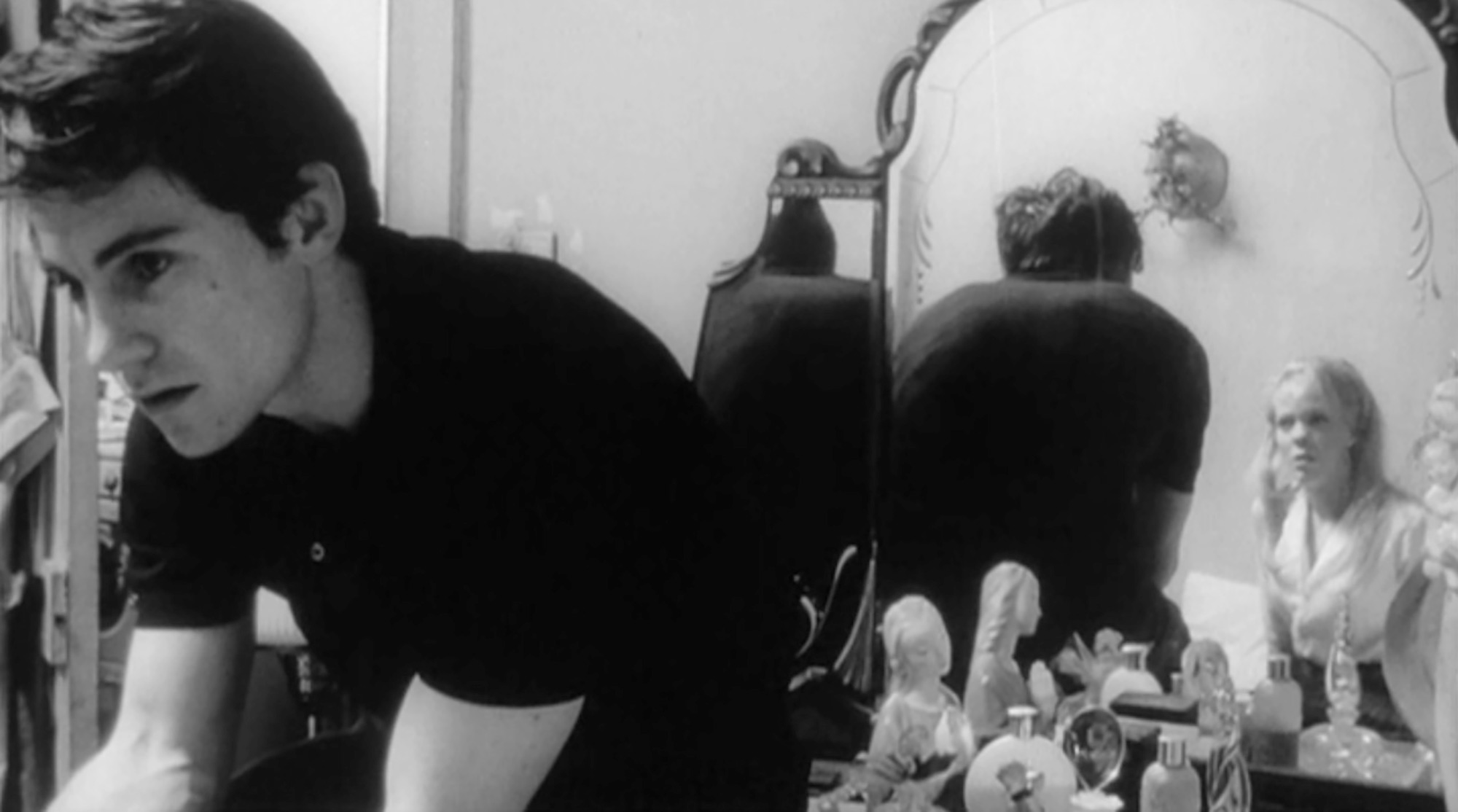
It’s easy to think upon seeing a film such as Taxi Driver or Raging Bull that Scorsese came out of the womb a fully formed filmmaker with his themes of masculinity in crisis and catholic guilt and penance tattooed as a rosary around his neck. The re-release of some of his key early works however, by the BFI to coincide with their retrospective and cinema reissue of the aforementioned Taxi Driver, show that even the masters start somewhere incomplete and striving, and also that there are other paths that could have been travelled to equal if not more interesting effect.
First up is Scorsese’s debut feature film, the 1967 New York fairytale Who’s That Knocking at My Door. A title card that proclaims the film was screened at the Chicago Film Festival precedes the film. I’m sure the Chicago Film Festival is excellent and I’d love to screen there but it’s fair to say that it’s not an event that is in the upper echelons of the international film festival circuit. As someone embarking on the film festival circuit with my debut feature this gives me hope and serves as a reminder, as it should other filmmakers, that there are many routes and roads to a sustained and successful filmmaking career. In just a few short years Scorsese would win the Palme d’Or for Taxi Driver, in 1976.
At the end of the day, great work survives and lives and inspires and teaches.
Further hope can be gleaned from the film itself. Vibrant and alive it is also not fully formed. Flashes of what would become Scorsese’s trademarks are evident in the characterisation, camera style, and his use of music, jump cuts and jumps between temporal and imaginative spaces. There’s also a real sense that he doesn’t know his true voice yet and the film leans heavily on his influences and filmmakers he is striving to emulate. As a result the film drips with echoes of Cassavetes, Bergman, Antonioni and Robert Wise. It ticks the boxes of young, male, isolated filmmakers in its depiction of naked woman in incongruous fantasy sequences. Scorsese would get more sophisticated in hiding and stylising his fantasies as a filmmaker. It buckles under the weight of its ambitions but thanks to Keitel and a passion to go somewhere new with the form, the film remains a fascinating curio from the start of one of cinema’s most singular careers.

The other release is 1974’s Alice Doesn’t Live Here Anymore. On reflection this emerges as one of Scorsese’s finest films. He tackles his subject with the same formal glee and style as his most famous works but the subject here is superficially different. The film tells a woman’s story upfront, something Scorsese hasn’t done very much across his body of work, but it’s clear that the character of Alice comes to us with many of the director’s preoccupations bubbling away and ready to explode. Alice is alienated, thwarted, self-conscious and struggling. She also dreams of, wants and demands more. The film is kinetic, brilliantly performed and with the usual impeccable music choices.
Following on from 1973’s Mean Streets, still my favourite film of all time by any filmmaker, Alice is a beautiful companion piece and counterpoint and suggests an alternative route for Scorsese before Taxi Driver pulled him back into a grimy, urban, male milieu. The film reminds us of the choices we make as filmmakers, the choices open to us at all times even when we feel there are paths we ‘must’ take for commercial acceptance or viability. At the end of the day, great work survives and lives and inspires and teaches. These early works by Scorsese remind filmmakers and audiences of the process of becoming that is being an artist. There are no small stories, only small artists and an artist’s true style and voice are internal and can transform any subject into something magical.
Who’s That Knocking at My Door and Alice Doesn’t Live Here Anymore are released by the BFI on Monday, March 27th.


